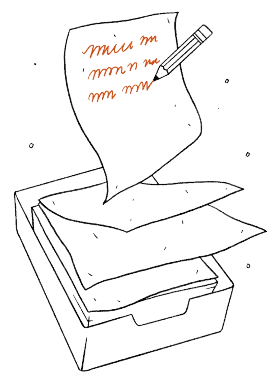Dog-sized discovery could be oldest dinosaur yet - Today's news, tomorrow's lesson - May 8, 2013
Scientists in Canada have unearthed a new species of dinosaur that they believe is the oldest in North America and possibly the world. The dog-sized herbivore was discovered in southern Alberta and is thought to have roamed the plains of the newly formed continent around 85 million years ago.











